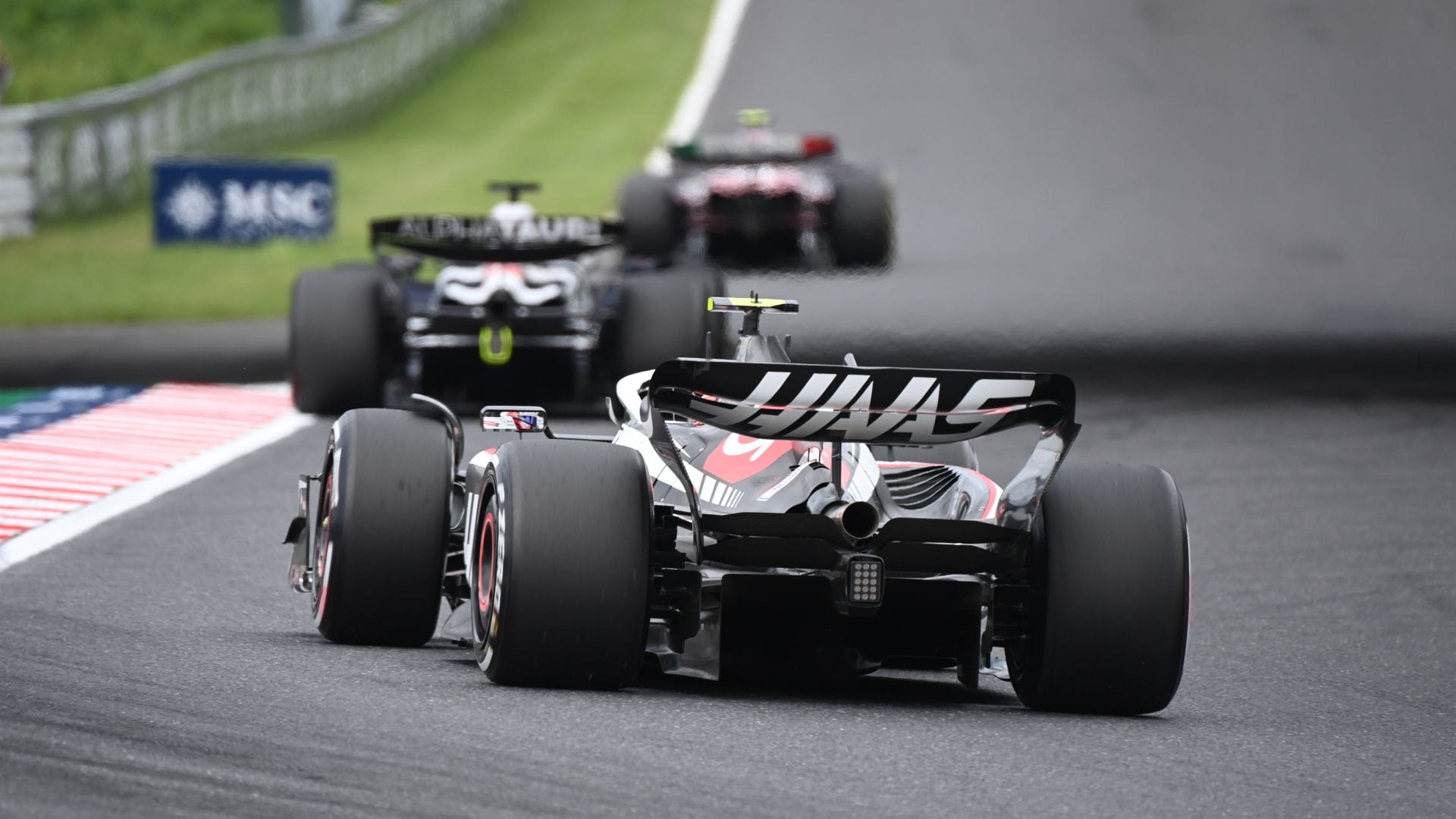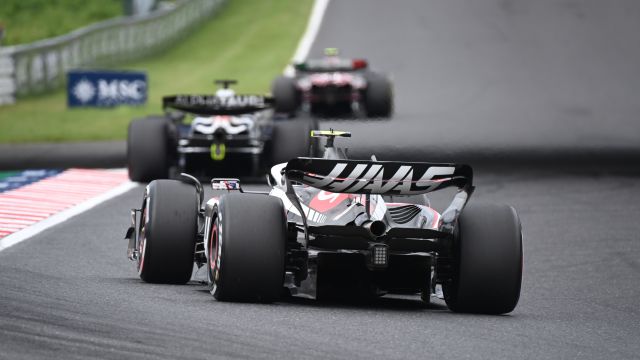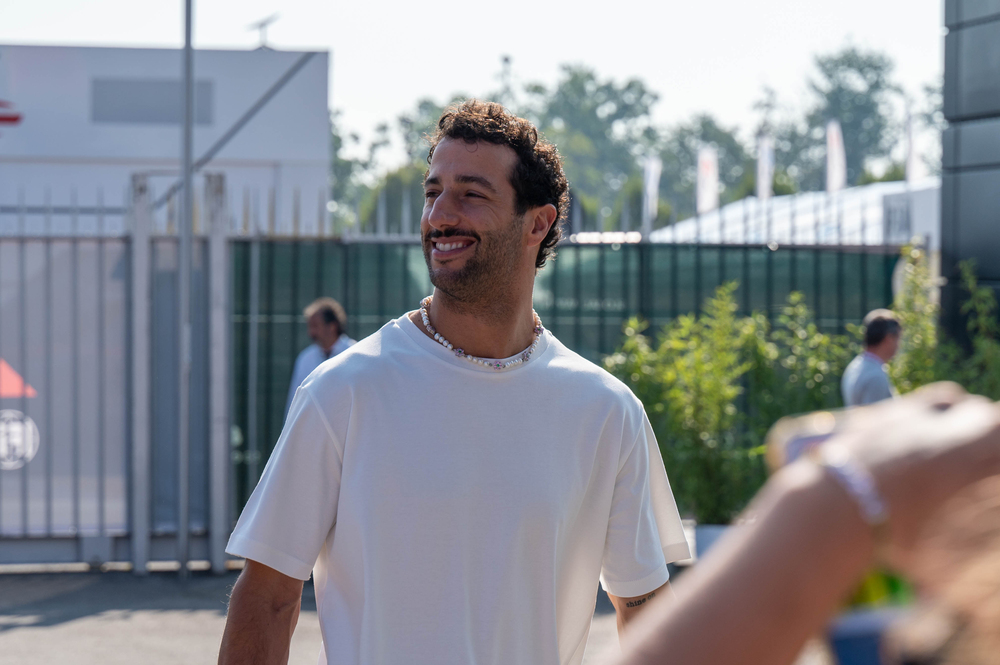What Is 107% Rule In F1?


Have you ever wondered how Formula 1 ensures that all participating drivers and teams maintain a competitive edge, ensuring not just a thrilling race but also maintaining safety standards on the track? The 107% rule is a crucial regulation that plays a pivotal role in achieving this balance.
The 107% rule is a sporting regulation that affects Formula One racing, particularly during the qualifying sessions. If the circuit is dry during the first phase of qualifying, any driver who fails to set a lap within 107% of the fastest time in that session will not be allowed to start the race without permission from the race stewards. For instance, if the fastest Q1 lap time was 100 seconds, each driver who is eliminated in the session must complete at least one lap within 107 seconds to guarantee a race start. This rule was introduced in the 1996 season and remained in force until 2002. It was reintroduced in the 2011 season with minor modifications due to the knock-out qualifying format.
In essence, this rule ensures that all drivers maintain a minimum speed that is competitively close to the fastest driver, ensuring that the race remains exciting, competitive, and safe for all participants. It prevents scenarios where significantly slower cars create unsafe conditions or dilute the competitive nature of the race. The rule has been applied and modified various times throughout its existence to adapt to the evolving formats and conditions of F1 racing.
Key Takeaways
- The 107% rule is a pivotal regulation applied during the Q1 session of F1 qualifying.
- It is designed to uphold a competitive and safe racing environment by setting a minimum performance threshold.
- The rule has a significant impact on team strategies and has been a topic of discussion and controversy over the years.
A Deep Dive into the 107% Rule
The Genesis and Objective
Introduced to the F1 racing world in 1996, the 107% rule was crafted with the dual objective of ensuring competitive parity and enhancing on-track safety. The rule mandates that a driver must clock a time within 107% of the pole position’s time during Q1 to be eligible to race.
For an insightful video explanation of the rule, visit:
Mechanism and Exceptions
The 107% rule operates on a simple mechanism: if a driver’s fastest lap during Q1 is slower than 107% of the session’s quickest time, they are ineligible to participate in the race. However, exceptions can be granted under specific circumstances, such as if a driver demonstrated competitive times during practice sessions.
The Ramifications of the Rule on Teams and Drivers
Safeguarding Competitiveness and Safety
The 107% rule plays a crucial role in ensuring that all participating cars adhere to a minimum performance standard, thereby preserving the competitive spirit of the race. It also minimizes the presence of significantly slower cars, which could pose safety risks during the race, especially when being lapped by faster competitors.
Influencing Strategic Decisions
Teams must meticulously devise their strategies to safeguard their drivers from the repercussions of the 107% rule. This involves making astute decisions regarding tire compound choices and optimal lap times to ensure competitive times are set during Q1.
For an in-depth read on F1 qualifying strategies, read: How Does Formula 1 Qualifying Work?
Historical Context of the 107% Rule
Instances of Exclusions
The 107% rule has, on numerous occasions, altered the composition of the starting grid. A notable instance occurred during the 2011 Australian Grand Prix, where both HRT team cars were excluded, signaling a stringent enforcement of the rule upon its re-introduction after a brief hiatus.
Engendering Controversies and Criticisms
While the 107% rule has its proponents, it has also been a source of controversy and criticism. Detractors argue that it can be particularly punitive towards smaller teams that may grapple with performance issues. On the other hand, supporters contend that the rule is indispensable for maintaining F1’s high standards of competition and safety.
For a detailed historical perspective of the 107% rule, visit
For additional reading on F1 qualifying rules and their implications, read: Breaking Down the Formula 1 Qualifying Rules: Understanding Penalties, Disqualifications, and More
Navigating Through the Nuances of the 107% Rule in F1
The 107% rule, while seemingly a mere mathematical calculation, has profound implications on the strategies, performances, and outcomes within the Formula 1 realm. Teams and drivers, while navigating through the technicalities of the sport, often find themselves entwined with the complexities that this rule brings forth.
Strategic Implications of the 107% Rule
Balancing Risk and Reward
Teams often find themselves on a tightrope, balancing aggressive strategies with the looming risk of falling afoul of the 107% rule. The decision to push for faster lap times comes with the inherent risk of mechanical failures, tire degradation, and potential incidents, all of which could jeopardize their qualifying efforts.
Resource Allocation and Development
The 107% rule indirectly influences teams’ resource allocation and development focus. Ensuring that cars are consistently within the 107% time frame necessitates a continuous development cycle, focusing on improving aerodynamics, engine performance, and reliability.
Psychological Impact on Drivers
Drivers, while inherently competitive, may find the 107% rule to be a psychological hurdle, especially when teams are struggling with performance. The pressure to perform within a specific time frame, coupled with the desire to push the machinery to its limits, can be mentally taxing.
Notable Instances of the 107% Rule in F1
1. 1996 Australian Grand Prix
Drivers: Luca Badoer and Andrea Montermini
Team: Forti
Both drivers failed to lap within 107% of Jacques Villeneuve’s pole position time, resulting in them not being allowed to start the race. The team was using an upgraded version of the previous year’s Forti FG01 chassis, which had only qualified within 107% of pole position on one of thirty-four occasions beforehand.
2. 1997 Australian Grand Prix
Drivers: Pedro Diniz, Vincenzo Sospiri, and Ricardo Rosset
Teams: Arrows and MasterCard Lola
Diniz was allowed to race despite not making the 107% mark, due to his performance in the free practice session. However, Sospiri and Rosset, driving for the new MasterCard Lola team, were significantly off the pace and were not allowed to start the race.
3. 1998 Season
Driver: Ricardo Rosset
Team: Tyrrell
Rosset failed to qualify on five occasions during the season, not meeting the 107% time during qualifying sessions for the Spanish, Monaco, Hungarian, and Japanese Grands Prix. He also failed to qualify for the German Grand Prix due to an injury from a crash during free practice.
4. 2001 Australian Grand Prix
Driver: Tarso Marques
Team: Minardi
Marques failed to lap within the required time but was given permission to race under “exceptional circumstances,” even though he had not managed to set a time within the 107% mark in any session all weekend.
5. 2002 French Grand Prix
Drivers: Heinz-Harald Frentzen and Enrique Bernoldi
Team: Arrows
The team, struggling financially, made a token appearance during the qualifying session, and both drivers failed to lap within the required time. Frentzen even left the circuit with ten minutes of the session still remaining, making the team’s financial struggles apparent.
6. 2011 Australian Grand Prix
Drivers: Vitantonio Liuzzi and Narain Karthikeyan
Team: HRT
Both drivers failed to meet the 107% rule and were not allowed to participate in the race.
7. 2012 Australian Grand Prix
Drivers: Pedro de la Rosa and Narain Karthikeyan
Team: HRT
Both drivers failed to meet the 107% rule and were not allowed to participate in the race.
8. 2016 Hungarian Grand Prix
Eleven drivers failed to reach the 107% limit due to the session being stopped for inclement weather and subsequent incidents, but all were permitted to compete.
9. 2023 Saudi Arabian Grand Prix
Driver: Logan Sargeant
Team: Williams
Sargeant failed to meet the 107% rule but was allowed to race.
10. 2023 Azerbaijan Grand Prix
Driver: Nyck de Vries
Team: AlphaTauri
De Vries failed to meet the 107% rule but was allowed to race.
These instances showcase the application of the 107% rule in various scenarios, such as poor weather conditions, team financial struggles, and technical difficulties, demonstrating its impact on race participation and team strategies throughout F1 history.
Altering Team Dynamics and Strategies
Teams occasionally have to recalibrate their strategies during a race weekend when one of their drivers fails to meet the 107% criteria. This can influence pit stop strategies, tire choices, and even the allocation of team resources, such as which car receives upgraded parts.
The Future of the 107% Rule in Formula 1
Adapting to Evolving Technologies and Performances
As technological advancements permeate F1, the 107% rule might require adaptations to remain relevant and effective. The continuous improvement in car performances across the grid might necessitate a reevaluation of the rule’s percentage threshold or its overall application.
Balancing Competitiveness and Participation
The 107% rule will continue to play a pivotal role in maintaining a balance between ensuring competitive racing and allowing newer, less-established teams to participate. The FIA and other stakeholders may need to engage in continuous dialogue to ensure that the rule evolves in tandem with the sport.
What Is 107% Rule In F1? – Frequently Asked Questions
How Often Has the 107% Rule Been Applied?
The 107% rule has been applied sporadically throughout its existence. While it has excluded several drivers since its introduction, its application has been relatively infrequent due to the competitive nature of the teams and advancements in F1 technology.
Can the 107% Rule Be Abolished in the Future?
The abolition of the 107% rule would require a consensus among F1 stakeholders. While it is possible, any decision to abolish or modify it would need to consider the potential impacts on competitive integrity and on-track safety.
How Do Teams Mitigate the Risks Associated with the 107% Rule?
Teams employ various strategies to mitigate risks, including optimizing car setups for specific tracks, utilizing simulations to predict qualifying performances, and employing strategic elements during the qualifying session to ensure drivers clock a time within the required threshold.






